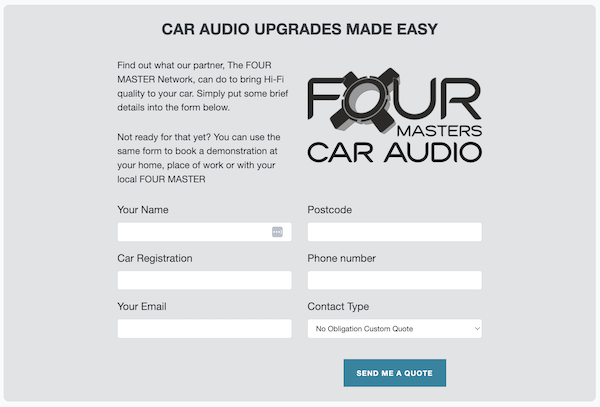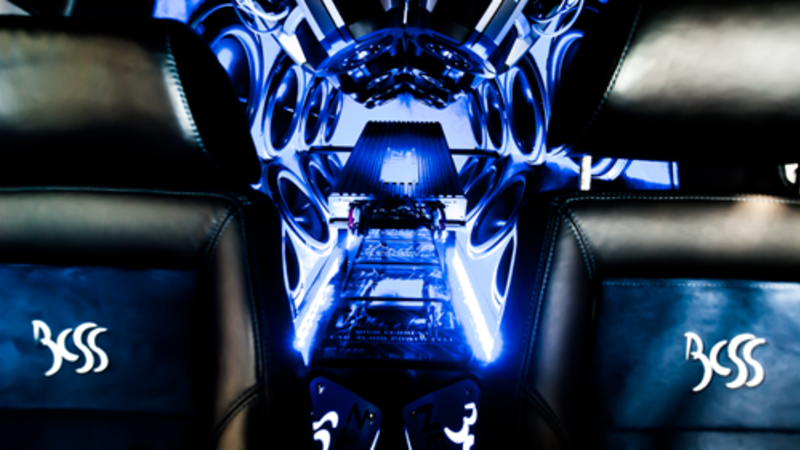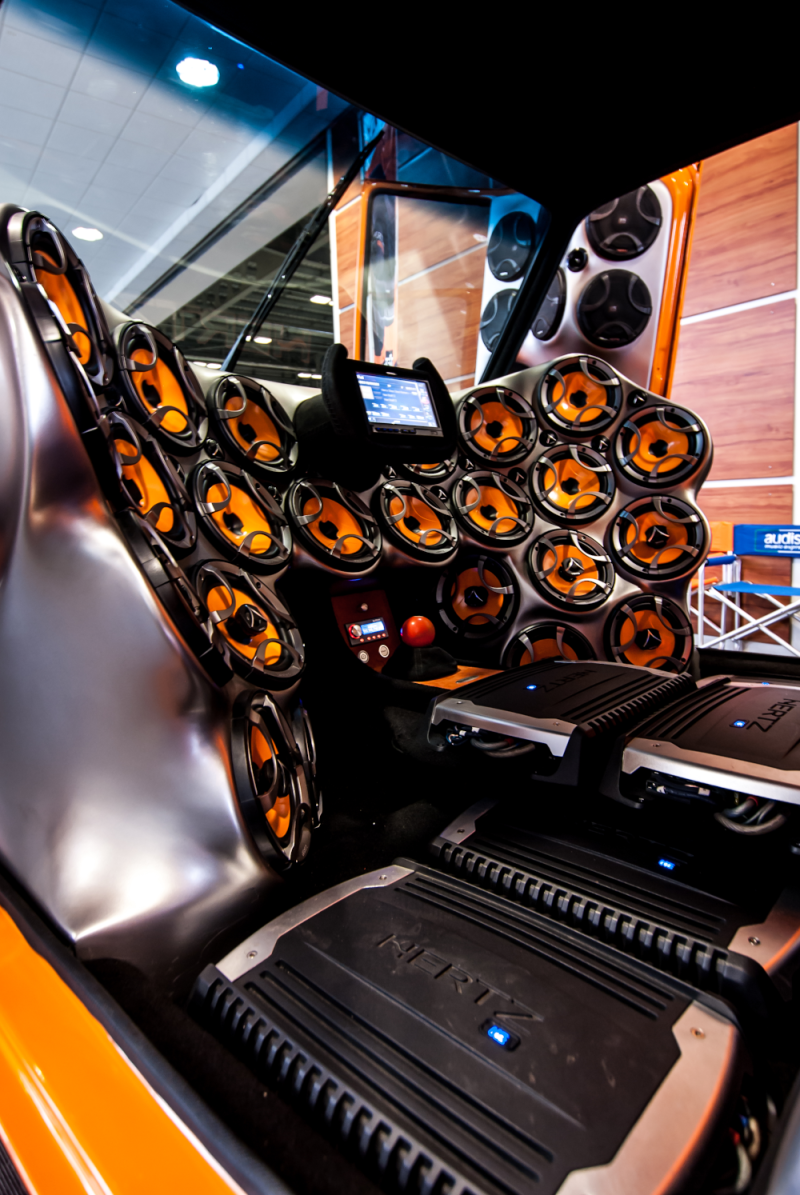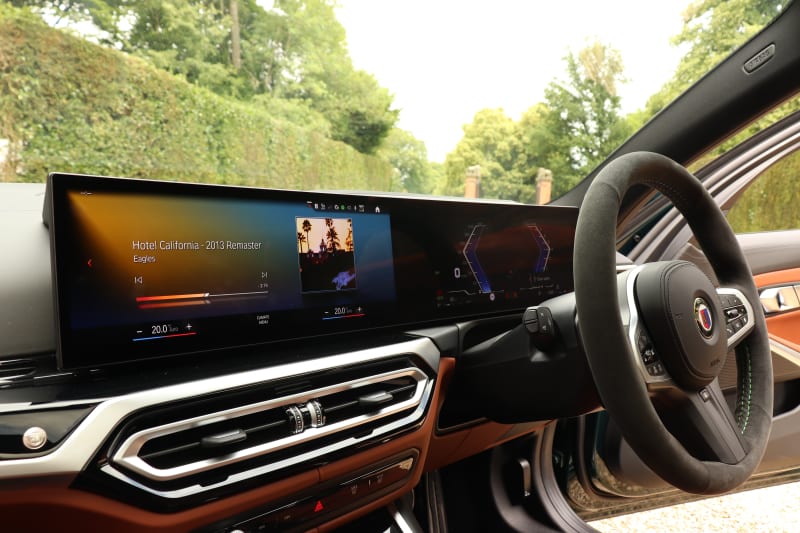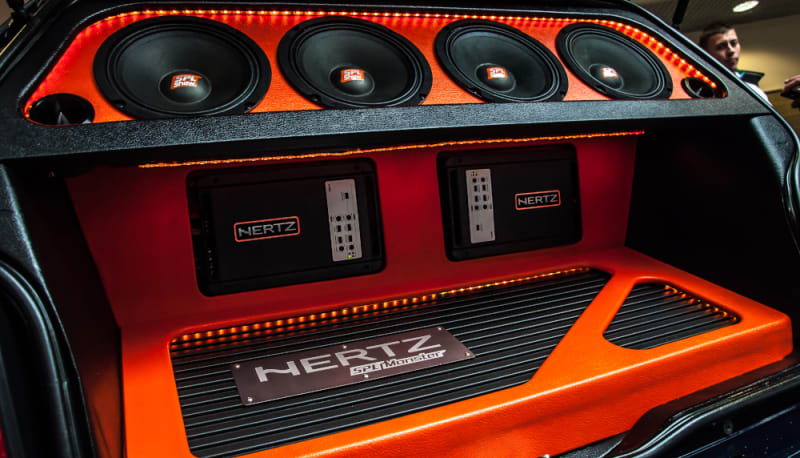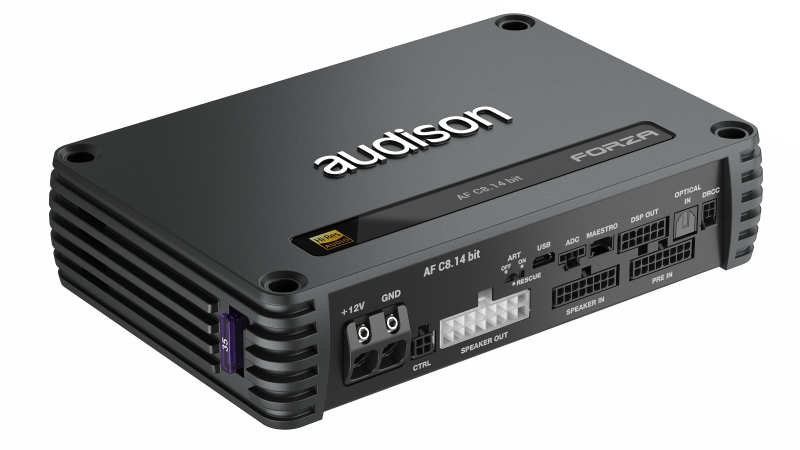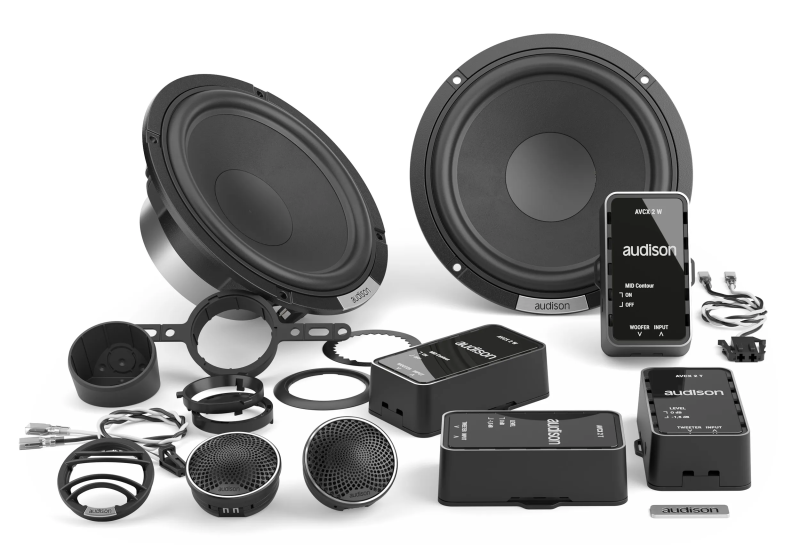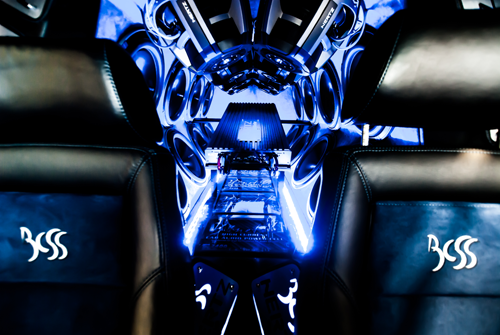
I have served the car audio industry for the past 26 years. Following the recent social media comment above, I was asked to tell you about my view of some of the key changes in both the shape and size of the marketplace and in equipment innovation.
I joined Phillips Car Stereo in 1989 as a somewhat burnt-out refugee from the professional audio market. My role was technical support manager, which involved carrying out test installations for car companies, and manning the consumer help line, explaining why putting a Phillips 752 in a freezer overnight to reset the security code may not be the very best idea to approximately 15 consumers per day!
Back then, CDs were still pretty rare, although they first appeared in cars in 1984. RDS radio was the current big thing, although it was experiencing teething problems and not really delivering on its promise.
Car Audio upgrades, as we know them today, were the preserve of a few dedicated enthusiasts, inspired mainly by the far more advanced US market.
As pointed out in the above comment, amplifiers took up a lot of space. Class AB amplifier topology was the new sliced bread, and speakers and subwoofers were designed mainly on the principles of home audio. Not many cars had mounting positions for a 3-way or 2-way component set at the time, and so the specialist installer became a dab hand at fabrication! On a more positive note for the independent specialist, some entry-level cars also arrived at import centres without speakers, radios, or aerials fitted, so there was plenty of opportunity for those handy with tools!
As more drivers appeared on the roads, the car became a symbol of freedom and expression. Opportunities for car owners to enhance their vehicles cheaply were increasingly common and the "hobby" attracted show-offs who would install ostentatious audio systems to show. Many of these sounded terrible, but the proud owners enjoyed polishing them and only played deep bass anyway.
Once CD became mainstream, the game changed somewhat. An increased demand for high-quality sound in cars led more manufacturers to design and build products to meet the need. When this happens, products tend to become cheaper, which makes more people interested in upgrading their car audio.
It was about this time that we saw the start of what we call the race to zero. By this time, I had moved on from Phillips and worked freelance for JVC and a few other companies promoting their wares to the press. A plethora of companies sprang up or bought their way into the market, stacking high and selling cheaply. Unfortunately, fuelled by some highly suspect media coverage, young people were suckered into believing they could buy big bass and good sound quality for less than the price of a pair of trainers. At this point, car audio was competing with fashion. While some misguided marketers tried to sell car audio as a fashion accessory, the young found many other ways to spend their money.
The dawn of the internet made things much worse, and people began to buy solely on price. These were dark days. Surprisingly, the interest and spending on high-end car audio were not affected. Through a number of bizarre events, I found myself owning the UK division of the European Multi-Media Association (EMMA). EMMA ran competitions for enthusiasts with "proper " Hi-Fi in their cars. I always felt that these guys and their commitment to sound quality were the future of the car audio market.
Meanwhile, distribution companies and specialists who tried to serve both ends of the market simultaneously had a rough time. And many disappeared from the UK altogether.
Those that focused on core business continued, however, and many of these are here with us today and are still developing fresh solutions to the quality car audio conundrum.
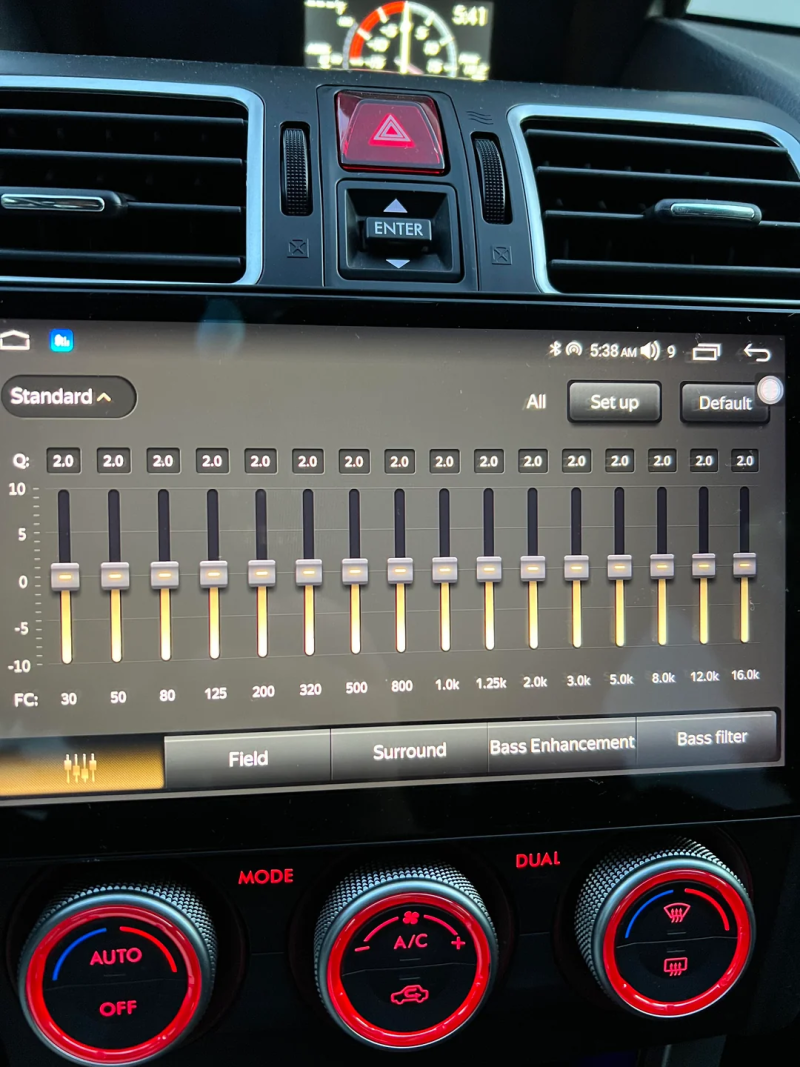
Today's Digital Signal Processors were preceded by individual discrete boxes and replaced the analogue Graphic Equaliser. The latter was a multi-band tone control, if you will. A number of faders or rotary controls were made available so that consumers could endlessly fiddle about with the frequency response in their cars. The mass market continued to follow marketing dreams of audio quality without any real material around to help educate them otherwise.
During all this, it became a popular misconception that quality was determined by the head unit. Head unit sales were high as people added many features they would never use to their cars in the mistaken belief that they were upgrading the audio quality.
Unfortunately, this belief remains amongst many, and given that their vehicle probably has a built-in media system that is part of the car's control surface, this is becoming less and less viable. The guys at the top end, however, were finding ways around the prescriptive media centres favoured by car companies, and are still today finding innovative ways to work with what they have got!
Another frustrating hangover from what many think of as the "golden years" was that to enjoy high-quality sound in the car, the luggage compartment needed to be filled with 12" subwoofers, and the system had to rattle the windows of your neighbour's house when you drove on to your driveway after a trip out. Subwoofer technology has changed beyond all recognition. My own car features an active 8" subwoofer in a compact enclosure that produces more than enough bass for the majority of music genres. I recently spent a weekend demonstrating my car to a number of Drum & Bass fans. They could not believe that the bass drops that were making them jump out of their skins came from a tiny box with a single 8" driver fitted. Speaker efficiency, shallow, long-throw cones and better Magnet and coil materials have all contributed to these innovations.
As well as posing an existential threat to the specialist retailer, the internet, of course, offered those with determination the means to learn about audio and how to get the most from a hostile listening environment.
Smaller, specialist manufacturers continued to innovate. Many companies now produce speakers with a wide dispersion characteristic, while developments in Class D amplification have led to a pleasing revolution in tiny, high-power, low-current-drain amplifiers.
It is now desirable for an audio system to be completely hidden away from view. An 8-channel Audison amplifier with DSP on board measures just 240 x 47 x 156 mm. The electrical efficiency of Class D amplification means it can be mounted in small areas behind panels with no need for forced-air cooling.
The same innovations that have led to a better breed of smaller subwoofers have also led to a generation of efficient full-range speakers. These can also handle plenty of power and feature a shallower profile, enabling them to be installed in more vehicles.
The advent of Hi-Res listening led to further developments in amplifier and DSP design, and now even speakers. The Audison Voce II tweeters in my car can reproduce frequencies up to 41kHz. There are highly technical reasons why this is desirable, but these will be covered in the next issue of Driving Sounds Magazine.
I am a big fan of Hi-Res listening, and I stream Hi-Res music from my Android phone directly to an Audison B-Con Hi-Res Bluetooth receiver, bypassing the head unit in my car entirely. The quality is superb, with every nuance in the music being delivered to my grateful ears.
In conclusion, the car audio market has changed drastically. Yes, it has shrunk, too, but the products sold today are both much better and offer profit margins to the reseller, which makes their efforts worthwhile.
We still battle with old misconceptions. The 17-year-old Max Power reader of yesteryear is now a 40-year-old IT manager with a sorted life and some money behind them. They may well enjoy high-quality listening, but some are hindered by inherited misconceptions about the shape and size of a car audio system, preventing them from upgrading their vehicles.
As the old saying goes, "the proof of the pudding is in the eating", so we urge you to head down to your local specialist installer and eat some pudding! You will be amazed at how much things have changed for the better!
Carl Hynes
Editor
Driving Sounds Magazine
